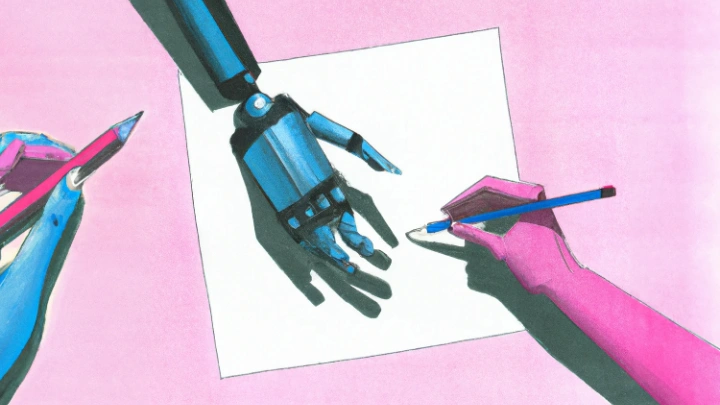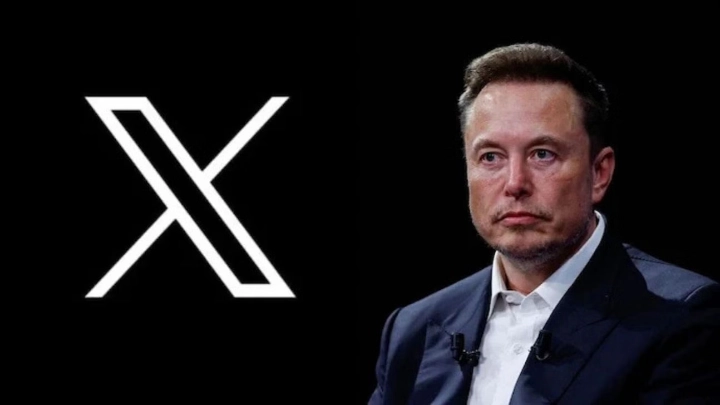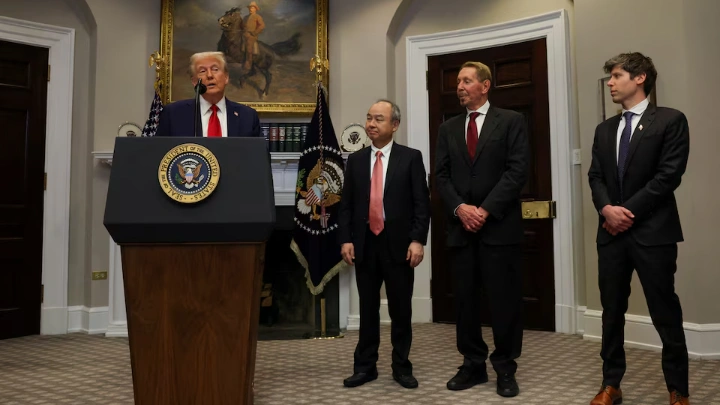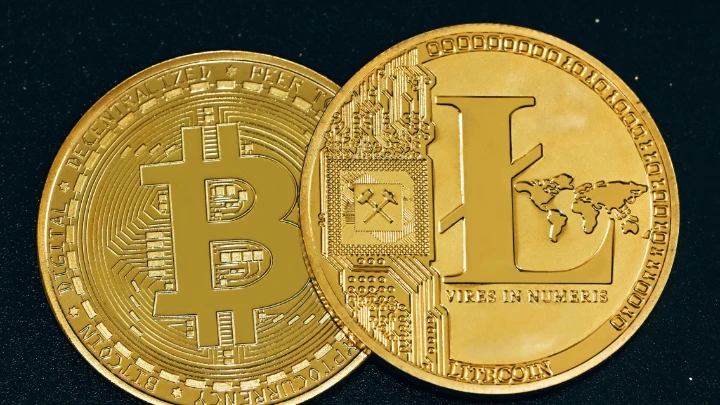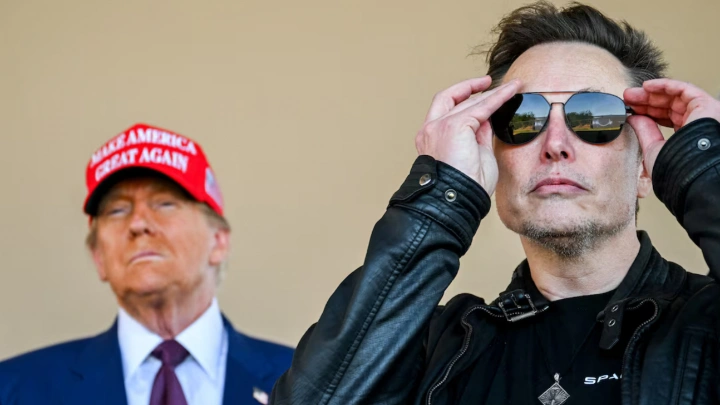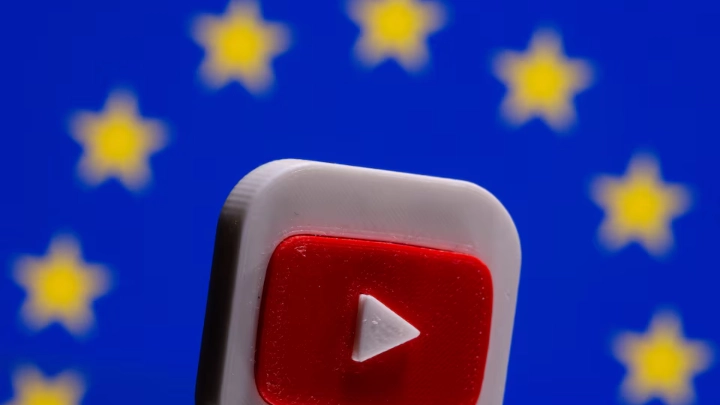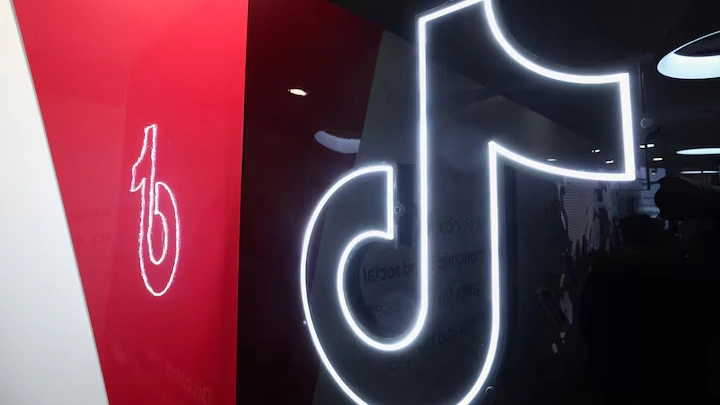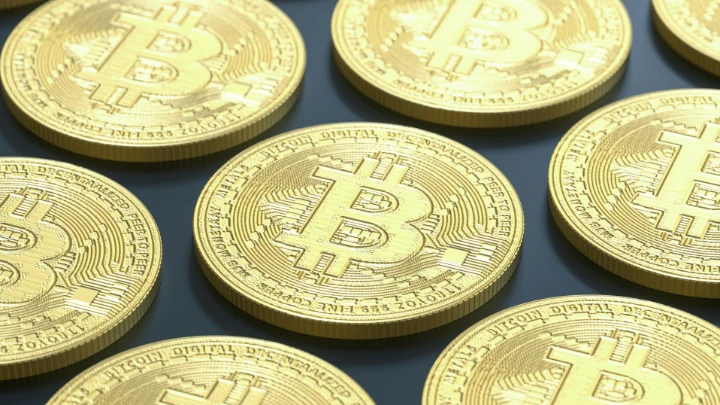The creative industry was already suffering. Then came AI
DailyStar || Shining BD
With a seemingly endless stream of new creative tools being released almost every other week, companies like OpenAI are not only pushing the boundaries of what AI can do, but also making bold claims about its potential to surpass human creativity altogether. In a South by Southwest (SXSW) panel last March, OpenAI's Head of ChatGPT claimed boldly that "AI will make us more creative--and more human."
However, this rapid advancement in the field of AI, particularly in the creative sector, raises a multitude of questions. Is AI truly more creative than humans? What are the ethical implications of AI-generated art that imitates existing styles? How will the rise of AI impact the job market for creative professionals?
A 2023 study by the International Federation of Arts Councils and Cultural Agencies (IFACCA) revealed that 42% of cultural institutions globally are already experimenting with AI tools. This number is expected to balloon to 78% by 2027, fueled by a projected annual growth rate of 33% in the global AI in media and entertainment market according to Grand View Research.
The creative industry, even before the whirlwind of AI, was already facing significant headwinds. This pre-existing vulnerability makes the rise of AI even more impactful, demanding a nuanced approach that acknowledges both the creative potential and potential pitfalls of this technology.
Low wages and income instability plague creative professionals worldwide. A 2020 World Intellectual Property Organization (WIPO) report found a shocking statistic: 60% of artists globally earn less than $10,000 USD annually. This financial insecurity disproportionately affects freelancers and independent creators, who form the backbone of the creative workforce. The freelance nature of creative work often translates to a lack of health insurance, paid time off, and other benefits typically associated with traditional employment. A 2022 Freelancers Union study revealed that only 28% of freelance workers have employer-sponsored health insurance.
Piracy and copyright issues further erode creative profits. A 2023 U.S. Chamber of Commerce report estimates that copyright infringement costs the global economy a staggering $2.3 trillion USD annually. This directly impacts the ability of creatives to earn a living from their work.
The creative industry faces a constant battle for fair treatment beyond just finances. Often, creative work is seen as a passion project rather than skilled labour deserving of fair compensation. This perception fuels undervaluing and low pay. Additionally, many creative projects struggle to secure funding, especially in niche areas. This lack of financial support hinders artistic expression and innovation.
Globally, the creative industries contribute nearly $3 trillion to the global GDP, underscoring their significant economic role. The digitalisation of these industries through AI and other emerging technologies not only diversifies the creative landscape but also democratises access to tools that were previously available only to professionals with significant resources.
The visual arts sector, in particular, has seen a significant influx of AI, where algorithms are now capable of generating art that rivals human-created works. This not only challenges the traditional boundaries of artistry and originality but also raises critical questions about copyright and intellectual property rights. The ability of AI to replicate and innovate upon existing styles can potentially flood the market with art that lacks the 'human touch', yet these tools also provide a platform for artists to experiment with new techniques and expressions that were previously unimaginable.
However, the ability of AI to mimic established styles raises ethical and legal concerns. In 2023, a heated debate erupted when the artist collective "Obvious" used AI to create an artwork that won a prestigious art prize. The incident sparked discussions about the very definition of art and the role of the artist in an AI-powered future.
The sheer volume of AI-generated content presents another challenge. Streaming services inundated with AI-created music could make it difficult for human artists to stand out. Similarly, the constant barrage of AI-generated content could overwhelm audiences, hindering their ability to discover and connect with meaningful artistic expressions.
But often, there are larger issues at stake. A 2024 report by McKinsey Global Institute estimates that up to 800 million jobs globally could be automated by 2030, with a significant portion of those losses likely to occur in creative fields. Agencies are already streamlining workflows with AI, with tasks like image editing and video production increasingly handled by machines. This trend is likely to accelerate, potentially leading to a future dominated by "solopreneur" creatives who leverage AI tools to create content.
While this offers a degree of flexibility, it raises concerns about the long-term viability of smaller agencies and freelance creatives who may struggle to compete with the efficiency and cost-effectiveness of AI-powered content creation.
Perhaps the most fundamental question is whether AI can ever truly replicate the essence of human creativity. While AI can mimic existing styles with uncanny accuracy, it currently lacks the ability to understand and evoke human emotions. The ability to imbue art with meaning, vulnerability, and the ineffable human experience remains a uniquely human capability.
The future of AI in the creative arts is not a zero-sum game. AI has the potential to be a powerful tool in the hands of skilled artists. Educational institutions like Ohio University's School of Media Arts and Studies are already integrating AI education into their curriculum, ensuring that future generations of artists are equipped to thrive in this new paradigm.
The key lies in embracing AI as a collaborator, not a competitor. Imagine a world where AI handles the mundane tasks, freeing up human artists to focus on the conceptual, emotional core of their work. This collaborative approach could lead to the creation of entirely new art forms and experiences that transcend the boundaries of what we currently consider "human" or "machine-made" creativity.
The story of AI in the creative arts is only just beginning to unfold. While challenges abound, the potential for artistic innovation is undeniable. As we navigate this brave new world, fostering a future where human imagination and technological prowess work in tandem will be critical. After all, it is the human spirit that gives life to art, and AI, at its best, should serve as a tool to amplify, not replace, that spark.
Shining BD

